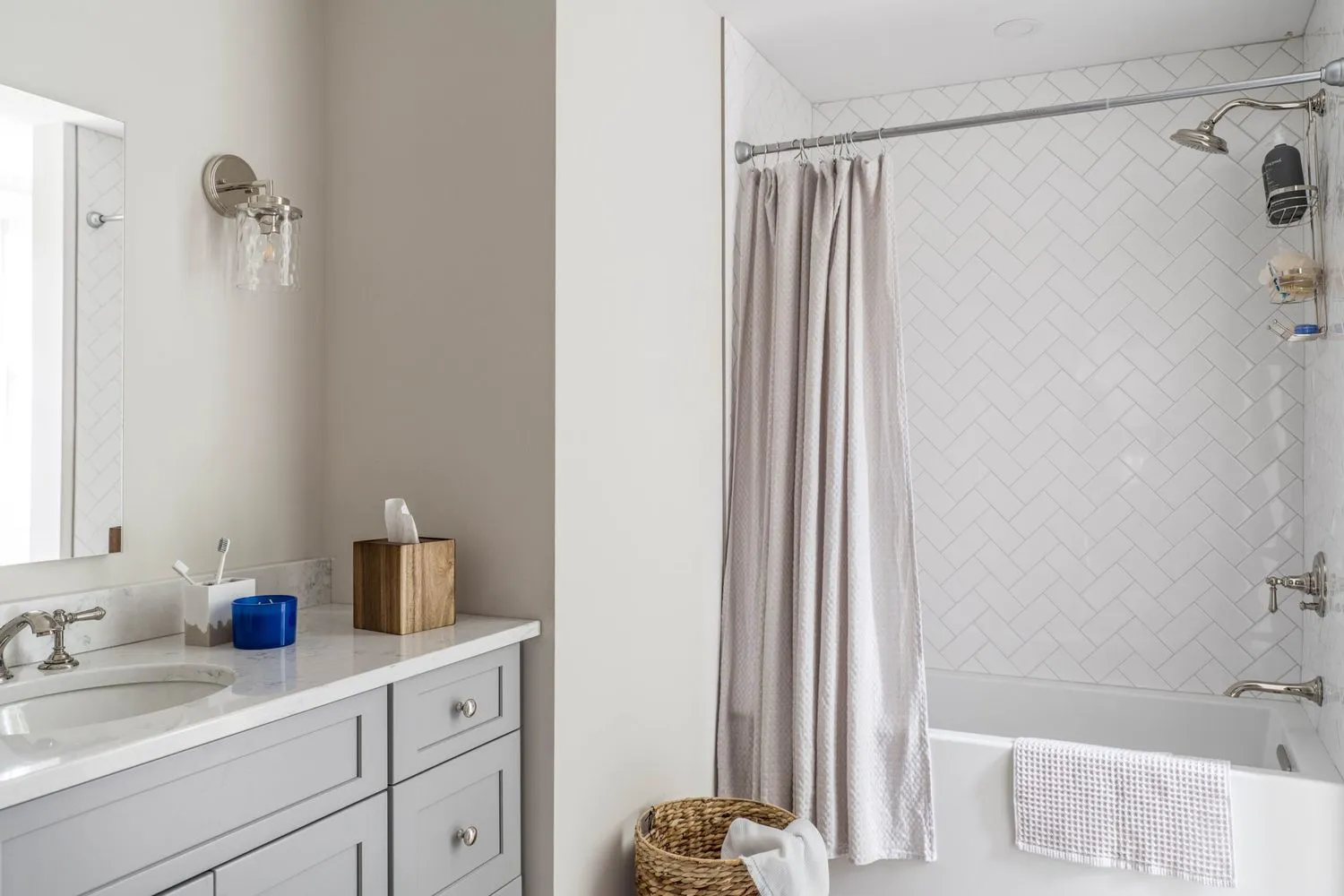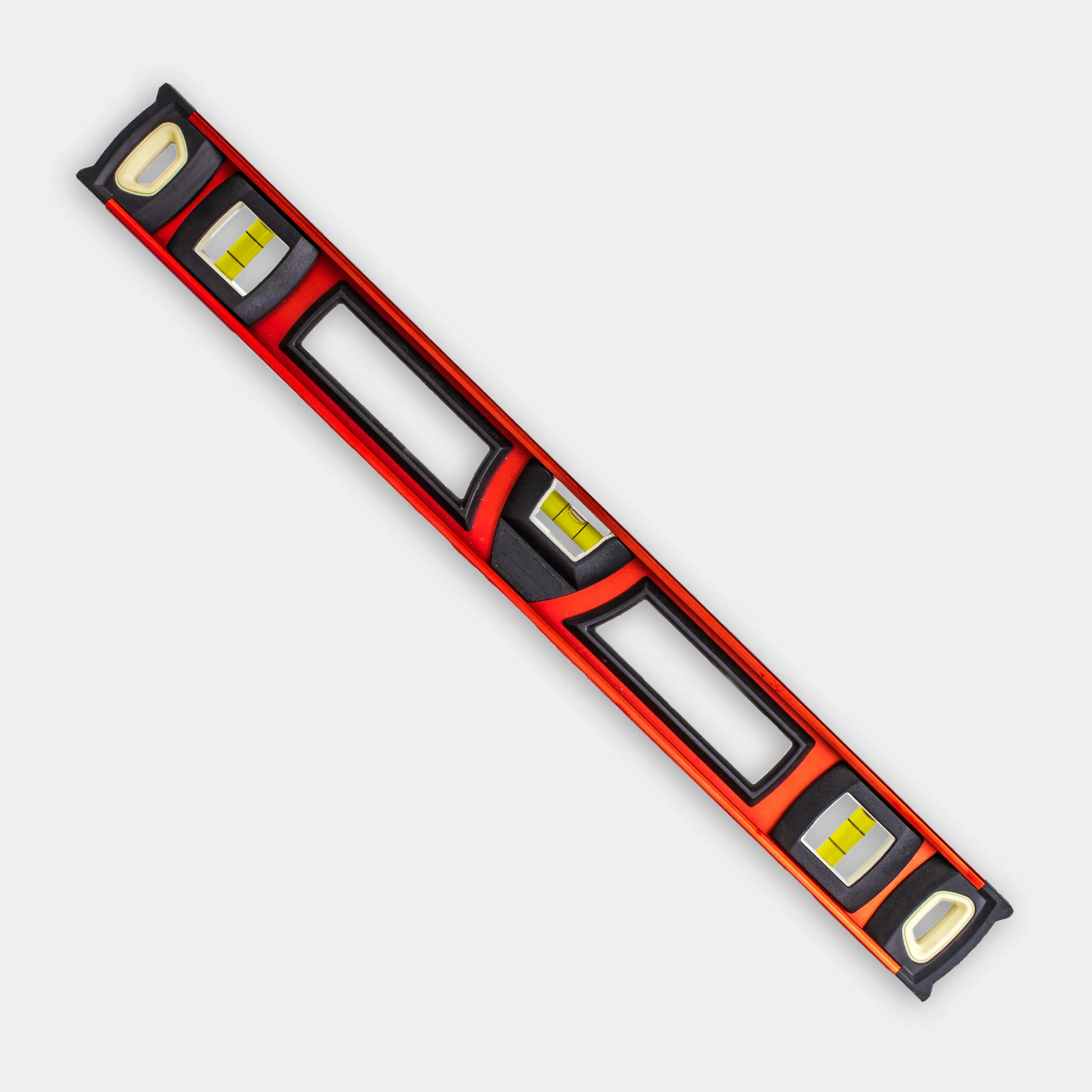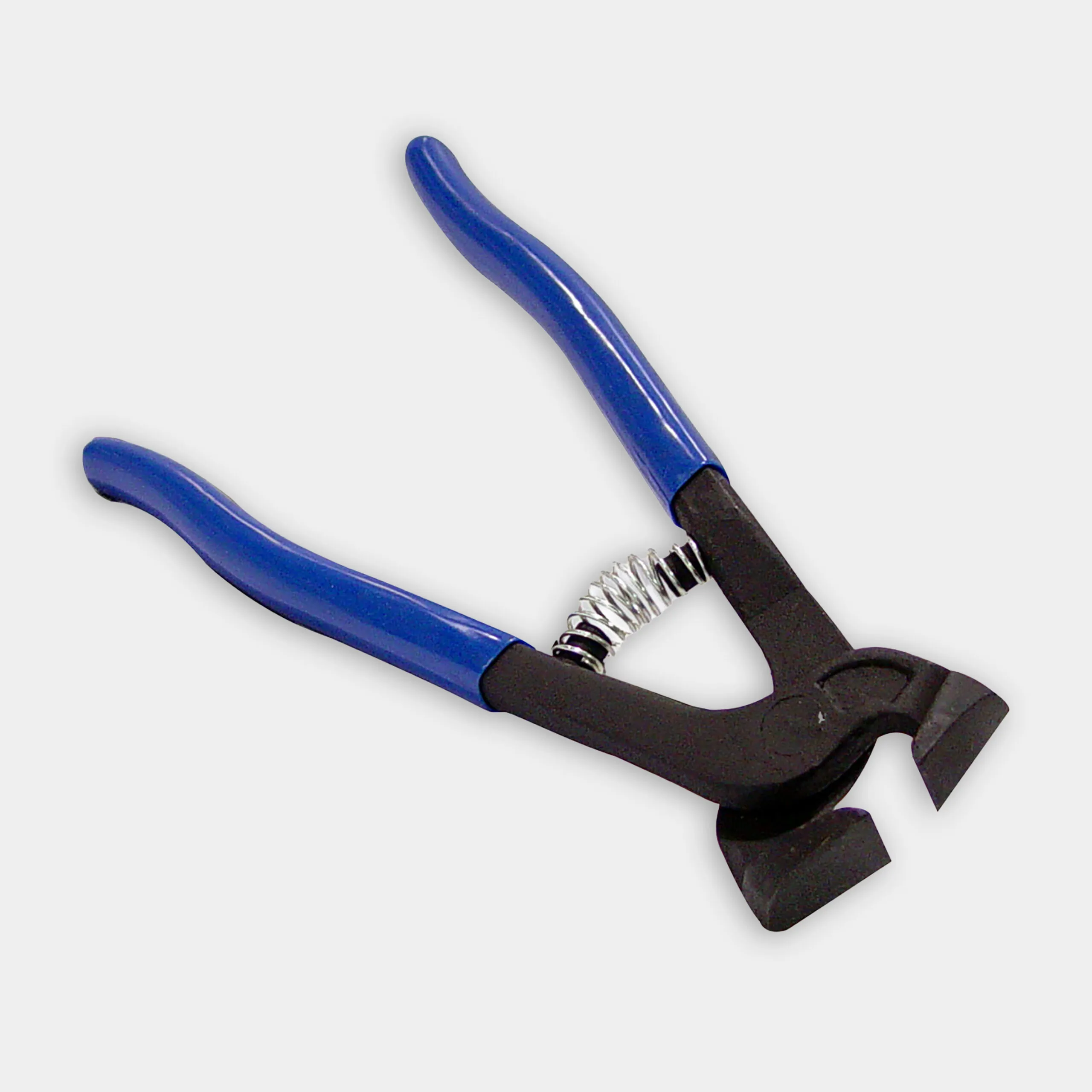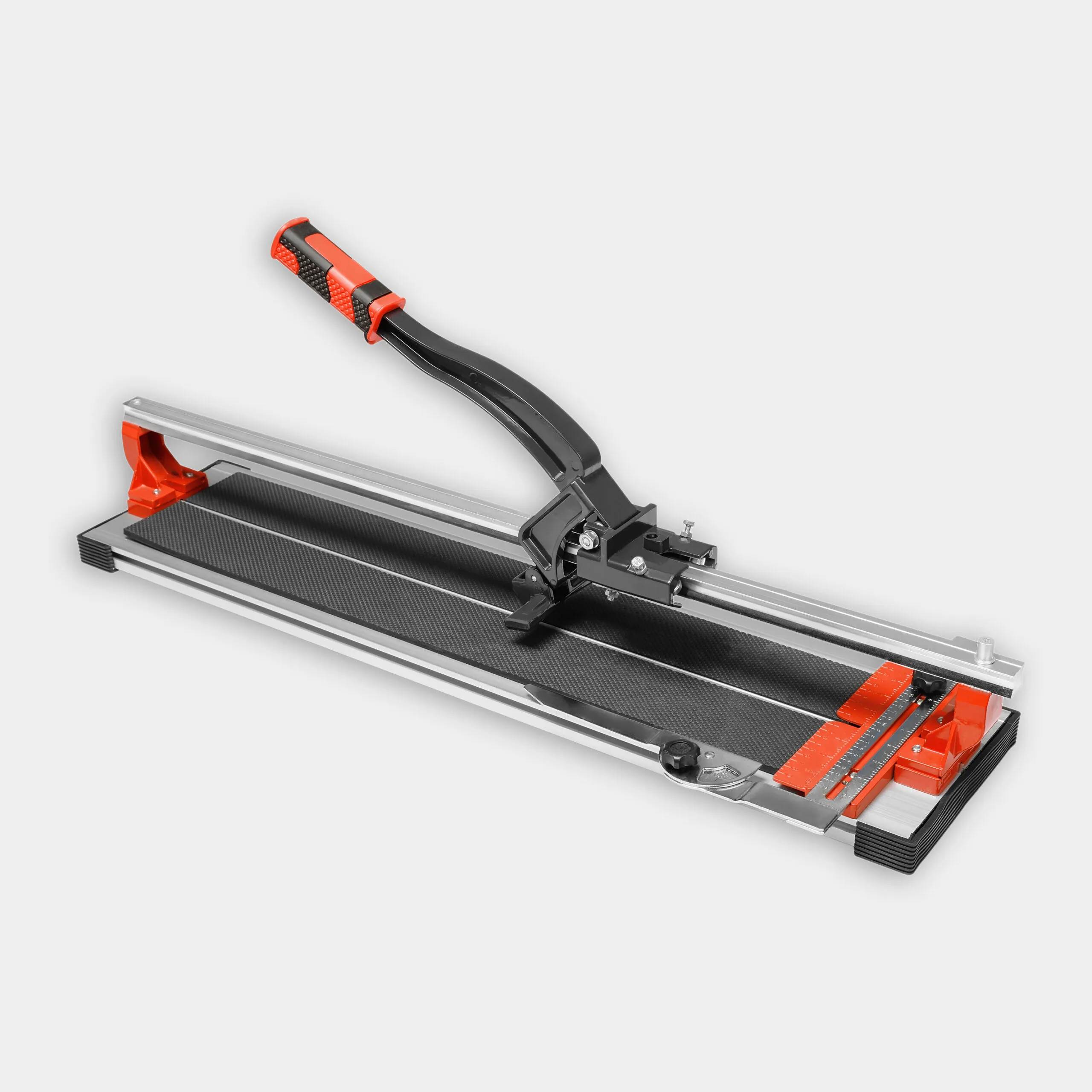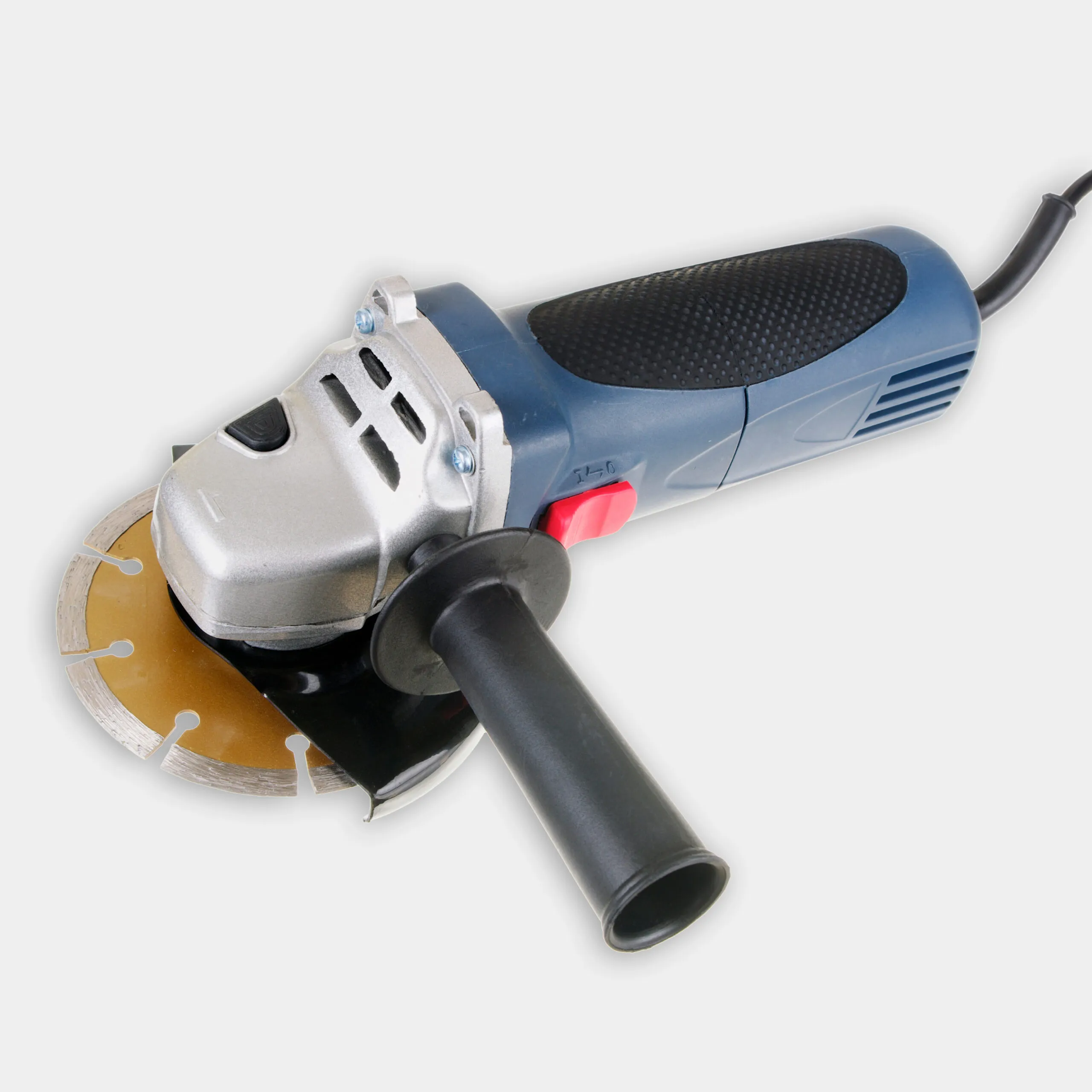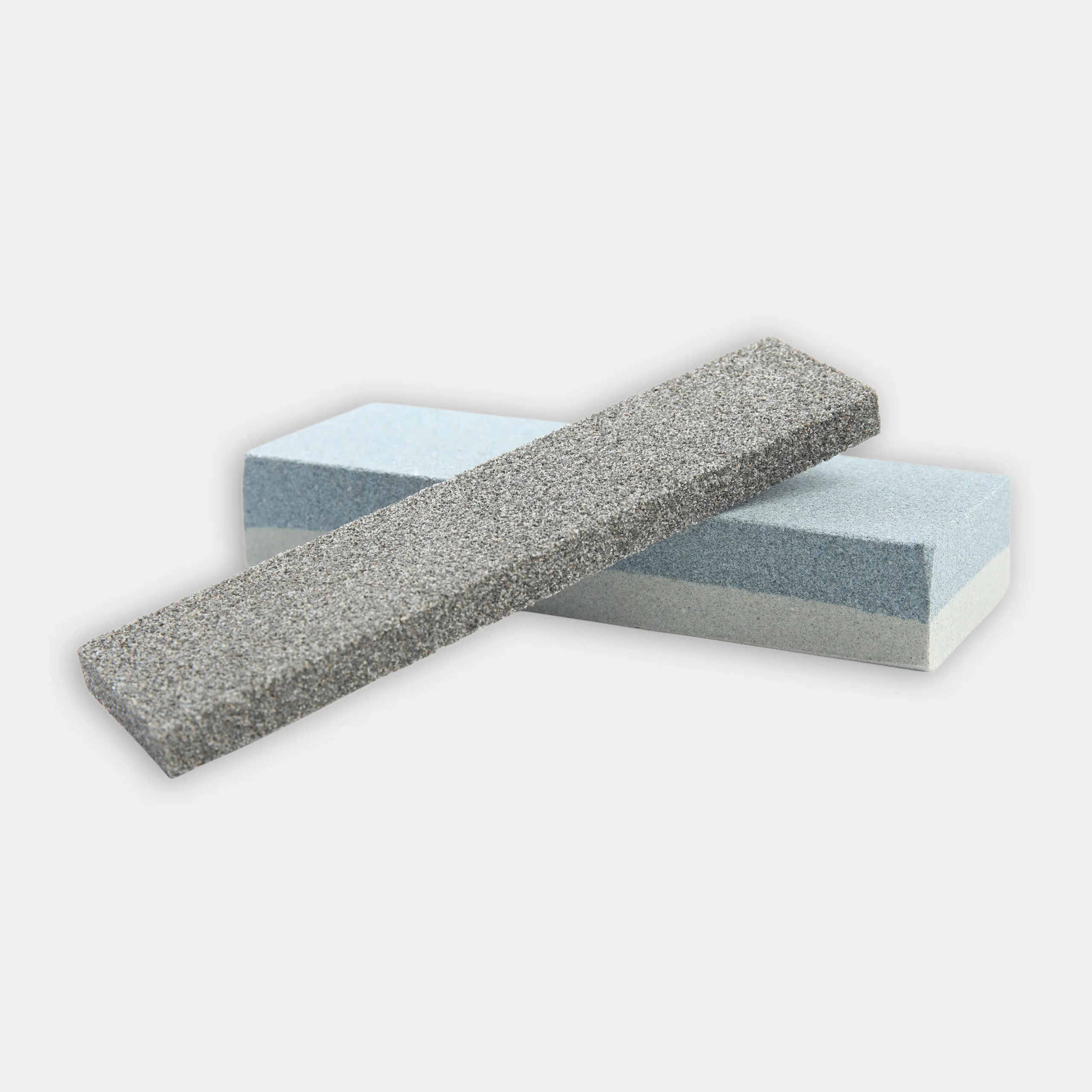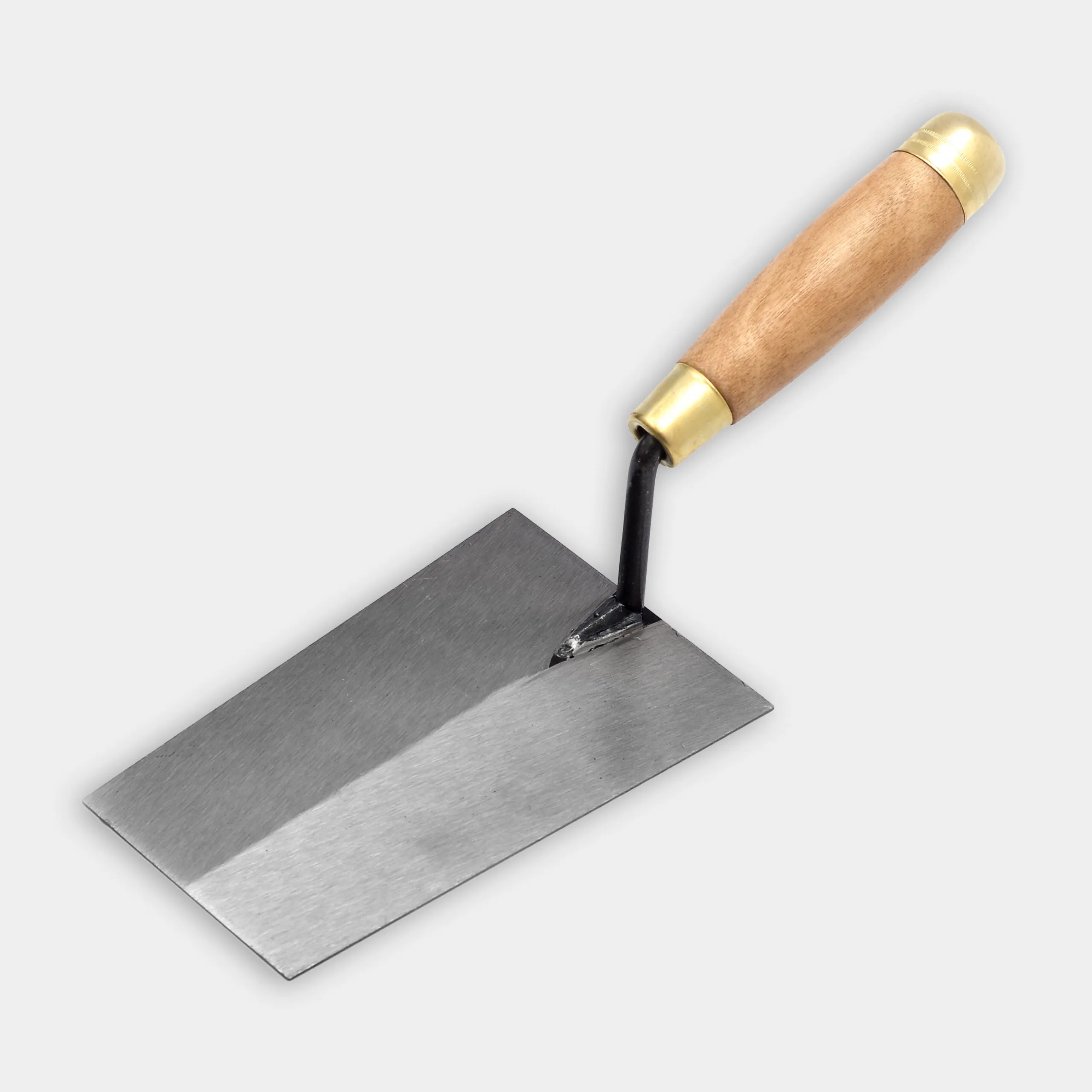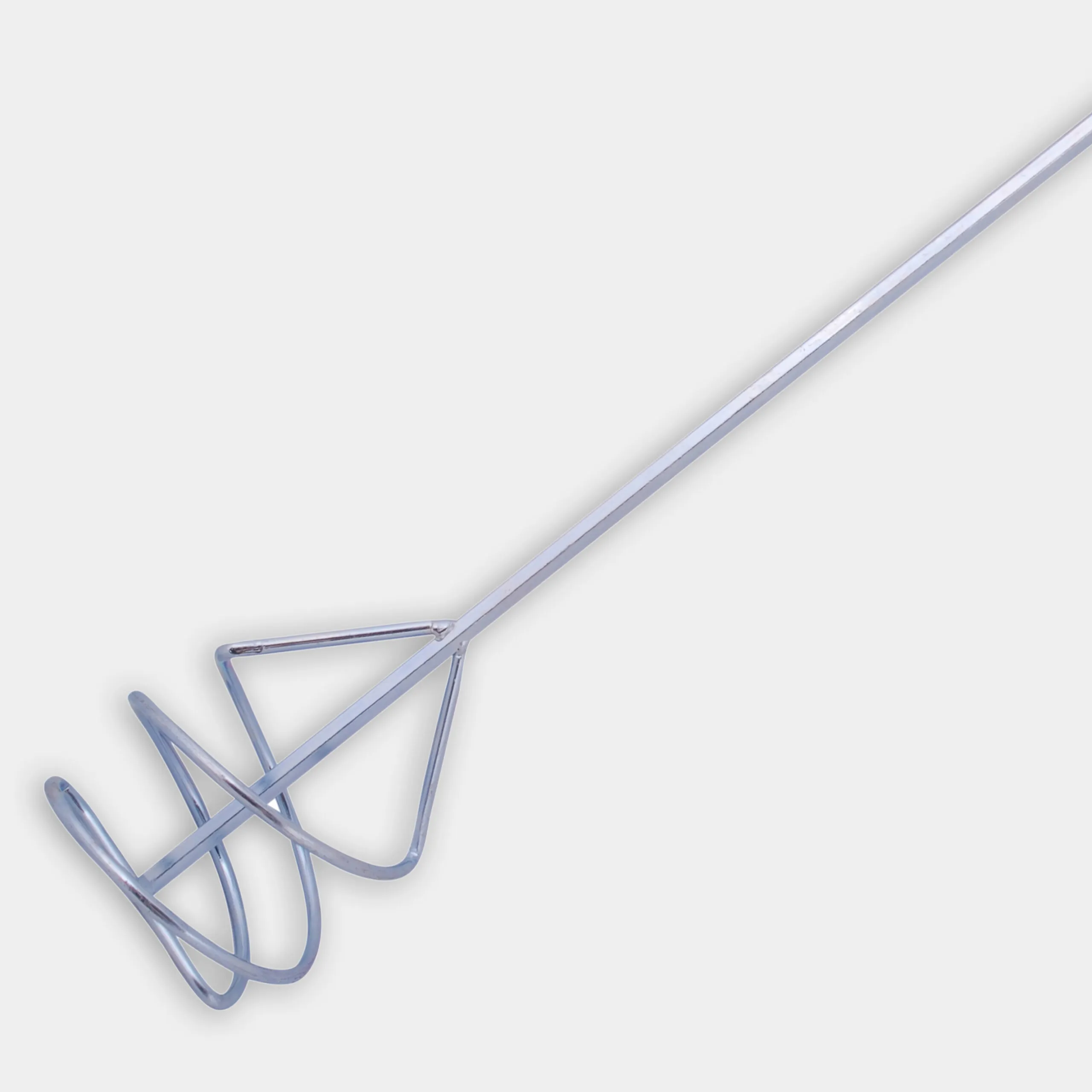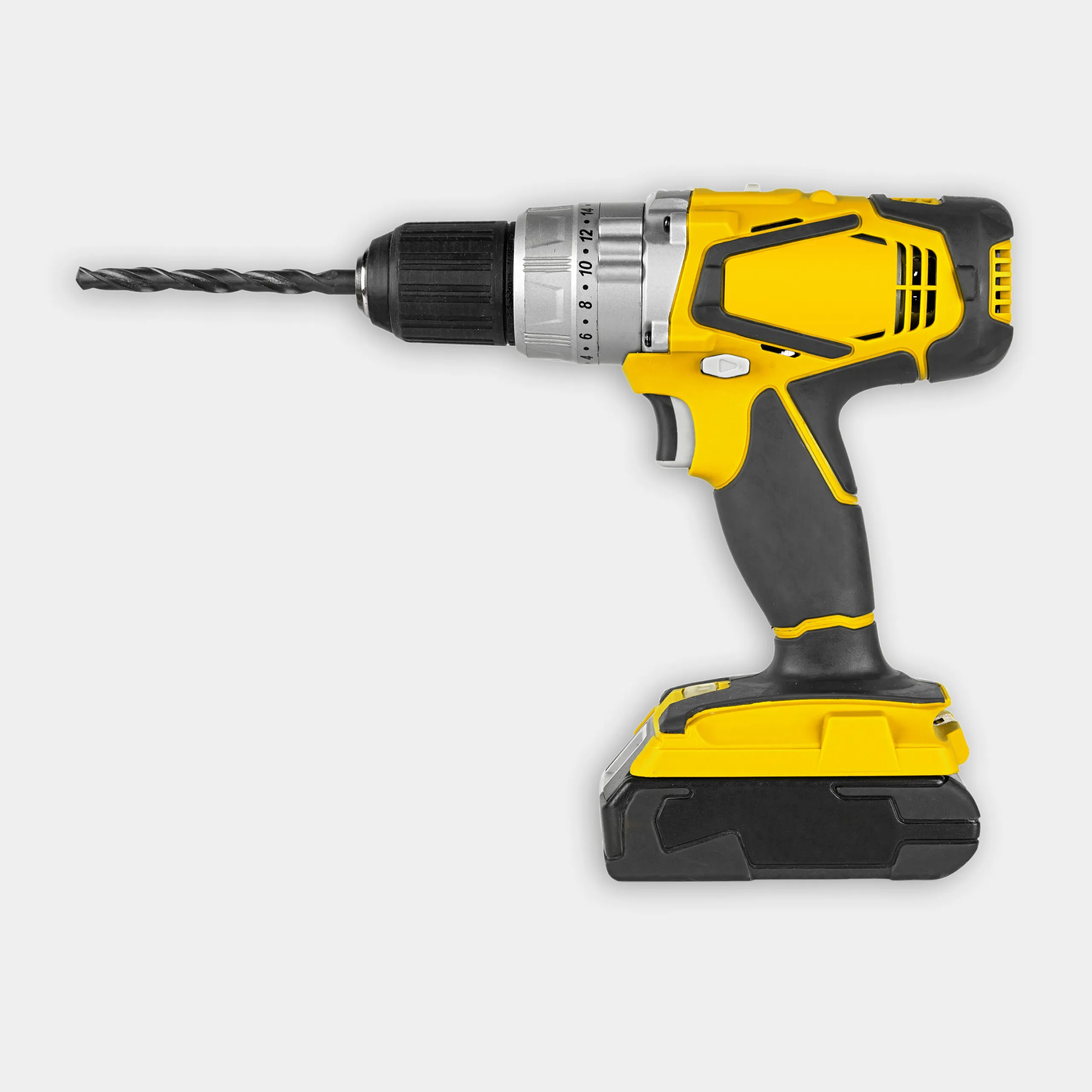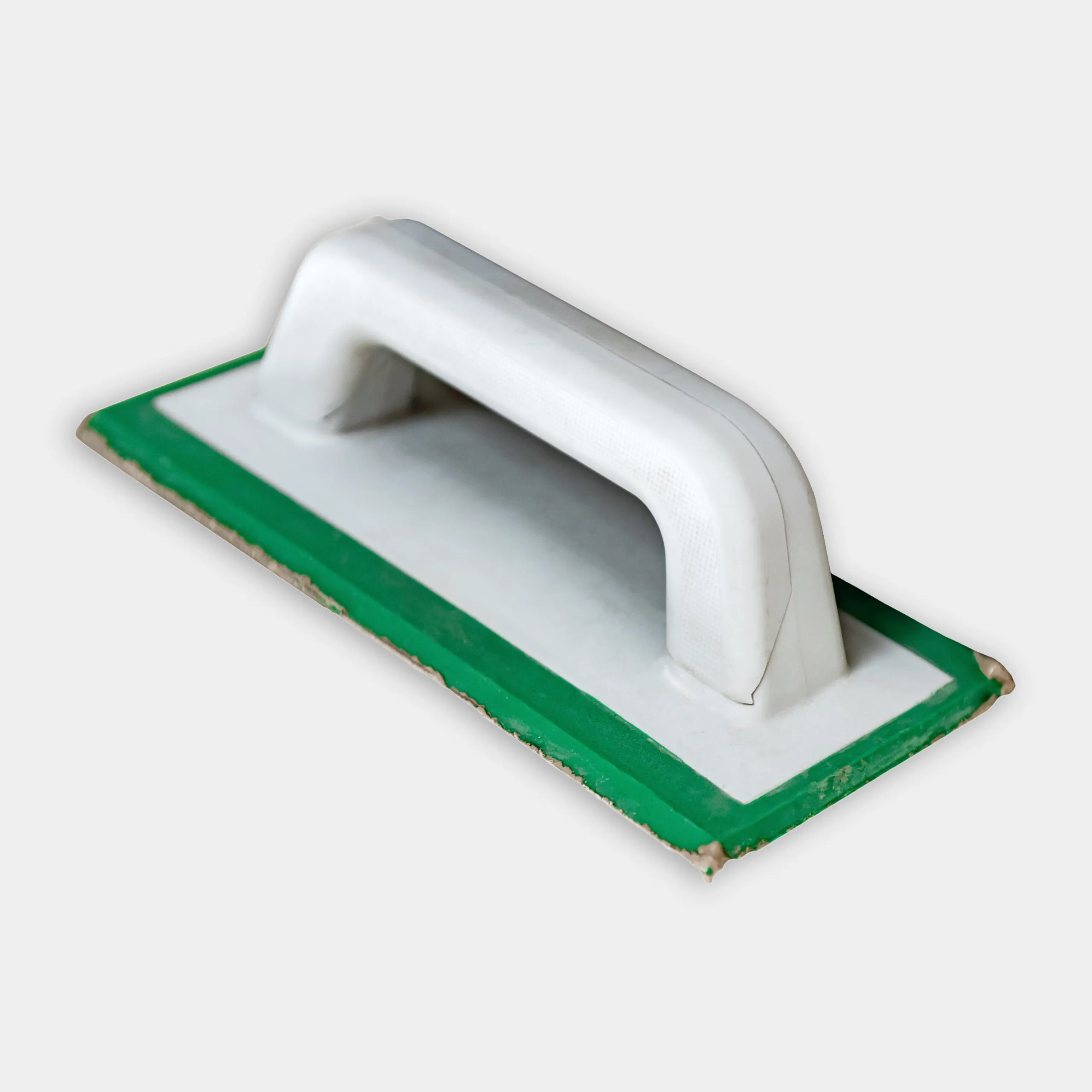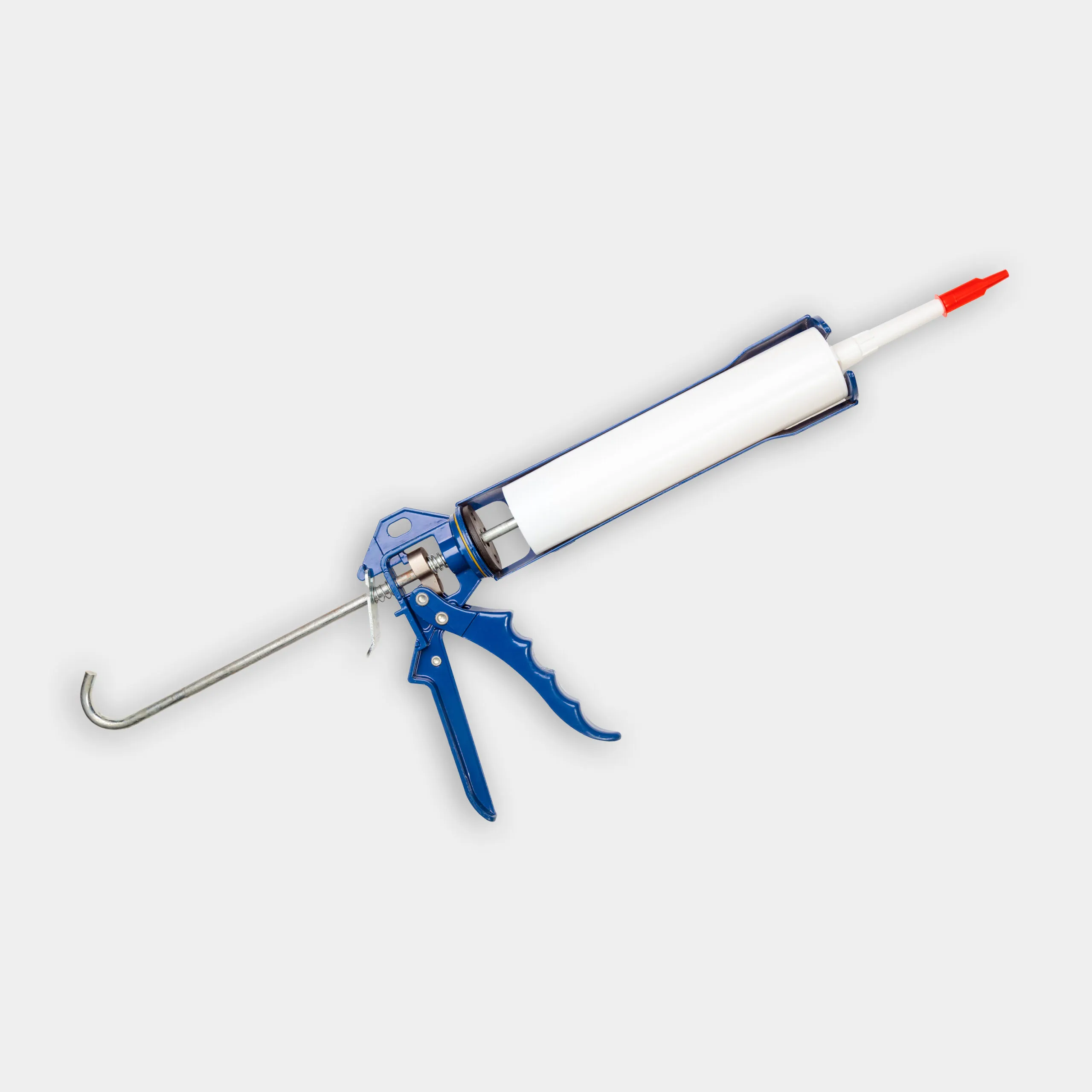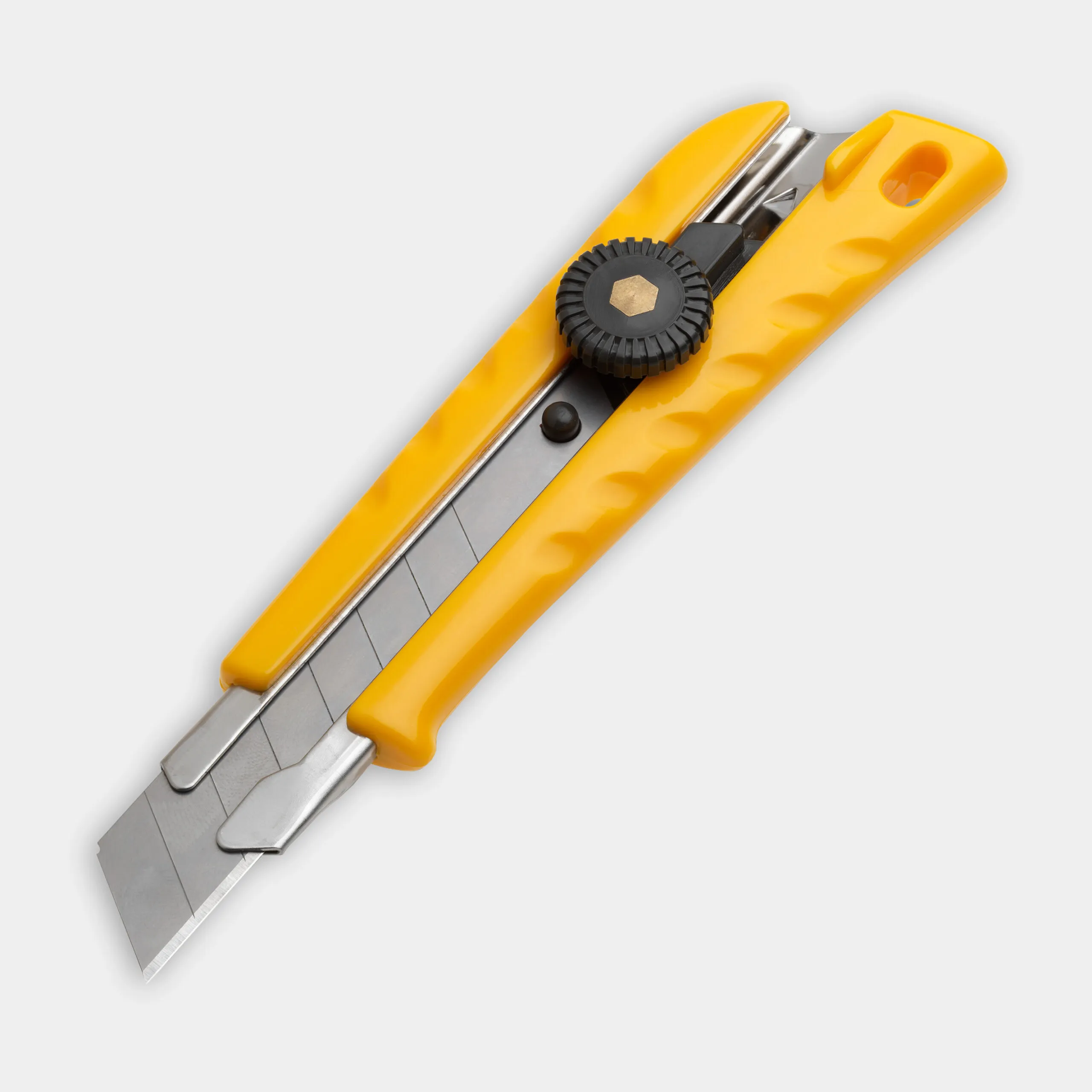We may be compensated if you purchase through links on our website. Our team is committed to delivering honest, objective, and independent reviews on home products and services.
Installing a tile shower is an excellent way to customize your bathroom. With careful planning and execution, you can create a beautiful, durable, and waterproof shower that reflects your style.
That said, installing a tile shower takes more work and attention to detail than the average DIY project. We recommend recruiting an especially handy friend for help or hiring a professional if you don’t feel up to the task. Professionals can offer warranties and ensure compliance with local building codes.
No matter how you tackle it, this guide will walk you through the process of tiling a shower, from initial planning to final touches.
Planning Your Shower Tile Project
Plan thoroughly before you dive into this project. Assess your space and budget and make sure you choose the perfect tiles for your shower.
Assessing Your Space and Budget
Measure your shower area to determine the amount of tile you’ll need. Consider any special features, such as niches, benches, or curbs, which may require additional materials. Set a realistic budget that accounts for tiles, tools, and other necessary supplies. Remember to factor in a 10-15% overage for cuts and potential mistakes to prevent last-minute shopping trips.
Choosing the Right Tiles for Your Shower
Select tiles that are suitable for wet environments and that match your bathroom. Options range from ceramic and porcelain to natural stone. Consider factors such as slip resistance, durability, and ease of maintenance. Larger tiles look sleek but may require more work to install on sloped surfaces. Smaller tiles offer more flexibility for curved areas but require more grout lines.
Essential Tools and Materials for Tiling a Shower
There are many options for a tile shower installation, so make sure all your materials are compatible, including the tools. For instance, tile size will dictate trowel size. Materials such as ceramic, porcelain, or natural stone may require different mortar types and cutting tools. Once you choose the tile you want, read the manufacturer’s installation guidelines and ask your tile distributor to help you select materials.
Must-Have Tools for the Job
We generally recommend the following tools and materials for shower tile installation:
- Bucket of water
- Buckets for mixing mortar and grout
- Color-matched caulk
- Dust broom
- Dust Mask
- Eye protection
- Foam backer rod (for deep caulk joints, if needed)
- Grout
- Grout sealer (if using cement grout)
- Microfiber rags
- Pencil
- Sponges
- Thinset mortar
- Tile
- Tile sealer (if needed for porous or textured tiles)
- Tile spacers (with the matching tool if needed)
- Vacuum
- Waterproof shower kit or combination of substrate and waterproofing materials (ex. cement backer boards, seam tapes, sealants, membranes, etc.)
Preparing the Shower Area for Tiling
Proper preparation is key to a long-lasting and waterproof shower installation.
Removing Old Fixtures and Surfaces
If you’re renovating an existing shower, start by removing all fixtures, old tiles, and damaged surfaces. Make sure the underlying structure is sound and make any necessary repairs. You can straighten wall framing by attaching furring strips and shims to the surface of studs or by adding new studs next to the old ones.
Adding New Framing and Plumbing
Add solid wood blocking in the wall or ceiling anywhere that you need to fasten plumbing fixtures, grab bars, glass doors, or other heavy shower parts. Now is the time to add framing for shower niches, benches, or curbs.
Get all rough plumbing in place, including water lines, shower valves, and drain pipes. Secure these parts to the framing as specified by the manufacturers. Make sure each component is at the correct depth based on the thickness of your tile substrate, mortar, and tiles. Cover shower valves and pipes to keep them clean during installation. Some fixtures come with caps; you can use masking or electrical tape and plastic sheeting for others.
Installing a Waterproof Substrate
A waterproof substrate is crucial for preventing moisture damage. One of the easiest, most reliable ways to build a sturdy, leak-proof shower tile substrate is with a complete shower waterproofing system, available online or at hardware stores.
Many systems offer add-on features, such as preformed shower niches and shower bench kits. Regardless of the kit you use, most membranes, seam tapes, and substrate panels will require a layer of unmodified thin set mortar spread on with a trowel.
Designing Your Tile Layout
A well-planned tile layout makes for a professional-looking result and minimizes awkward cuts.
Creating a Balanced and Visually Appealing Pattern
Start by finding the center point of each wall and draw vertical plumb lines. Use these as guides to keep your tile layout centered and straight. Consider how the tiles will meet at corners and edges. We recommend aiming for symmetry and avoiding narrow slivers of tile as much as possible.
Make several level and plumb reference lines on every shower surface. Use a level to check the bottom edges of the walls where they meet the floor — if the floor isn’t perfectly level, mark on the wall where the lowest point is.
Next, draw a level line all the way around the walls where the bottom of the second row of tile will go—you’ll install this second row first and return later to cut pieces to fit the bottom row. Screw a straight wooden board to act as a support and level line if needed. Draw several more level lines around the entire shower at different heights all the way to the top of the walls.
Remember to account for the gaps between tiles, which commonly range from 1/16 to 1/4 inch. A good rule of thumb is that the larger and more unevenly textured the tile, the bigger the gap.
Accounting for Fixtures and Special Features
Plan your tile layout around fixtures, such as showerheads and valves. For shower niches or benches, decide whether you want the tile pattern to continue uninterrupted or frame these features as focal points.
Doing a Test Run
A test run before you start ensures that the tiles fit well:
- Place a drop cloth on the floor and outline the dimensions of each shower surface using masking tape.
- Lay out the actual tiles on the drop cloth in formation. This way, you can see exactly how it’ll look once installed and make adjustments.
- Note the height of the bottom row of wall tiles. This will determine where you start the installation.
If you’re installing tile with complicated shapes or patterns, or using more than one type of tile, we recommend consulting with the tile distributor or manufacturer or hiring an interior designer.
Step-by-Step Guide To Tiling Shower Walls
With preparation complete, it’s time to start tiling the shower walls:
- Mix thinset mortar according to the manufacturer’s instructions.
- Starting at the center of the back wall, apply a small patch mortar with a notched trowel. Start with a section big enough for only a few tiles, and make sure the mortar thickness is consistent throughout the patch.
- Press tiles into the mortar, using spacers to create even gaps.
- Work in small sections, checking for level and plumb as you go. It’s easier to correct a section than to redo a large area.
- Work back and forth across all walls rather than completing one wall at a time. This helps the rows on adjacent walls line up.
- Allow the mortar to set for 24 hours before grouting.
Note: Mortar must remain wet while setting tiles. Stop using a batch if it skins over or firms up before your bucket is empty.
Cutting Tiles for a Perfect Fit
Make straight cuts in smooth ceramic tile with a manual tile cutter. Use a wet saw with a diamond-abrasive blade for thick, rough-textured, or stone or porcelain tiles (you can rent these saws by the day).
Use a drill with a diamond hole saw for circular holes. A diamond-cutting disk on an angle grinder is ideal for cutting notches, curves, and inside corners. A tile nipper can make very small cuts of any shape.
After cutting tiles, clean any rough edges with an abrasive rubbing stone. Always wear safety glasses and a dust mask for protection when cutting.
Tiling Shower Floors and Ceilings
Shower floors and ceilings require special tiling techniques for proper drainage and overhead stability.
Techniques for Sloped Shower Floors
Shower floors must be sloped towards the drain to prevent water pooling. Use a pre-sloped shower pan or create a mortar bed with the correct slope (typically 1/4 to 1/2 inch per foot). Lay tiles from the outer edges towards the drain, cutting tiles as needed to fit around the drain flange.
Tips for Overhead Tiling
Work in small sections on the ceiling so tiles don’t slip. Use lighter-weight tiles to reduce strain on adhesives. We recommend using a specialty thinset mortar designed for ceiling applications to create a strong bond.
Grouting and Finishing Touches
Proper grouting and finishing make for a polished look and long-lasting installation.
Choosing the Right Grout
Grout comes in several varieties–including cement, epoxy, and water-based urethane—as well as different colors and textures. Traditional cement-based grout is the most forgiving in terms of set time and installation techniques, but epoxy and polyurethane grouts can be more stain-resistant, waterproof, and durable. Talk to your tile dealer if you need help choosing the right one. Select a grout color that complements your tiles.
Applying Grout
Carefully remove tile spacers and use a grout saw or putty knife to scrape residual mortar out of gaps, especially near the surface where it’s the most visible. Vacuum dust and debris and clean all surfaces and gaps with water and a sponge. If your tiles are porous stone or another material that grout could stain, apply an appropriate tile sealer to the entire surface and let dry.
Mix and apply grout according to the manufacturer’s instructions. Use a rubber float to press it into the joints—hold it at a 45-degree angle to push grout into small gaps. Do not grout where walls, floors, or ceilings meet in the corners. Instead, fill those transitions with flexible caulk after grouting is complete.
Clean excess grout from tile surfaces with a damp sponge, being careful not to remove grout from the joints.
Sealing and Caulking for Longevity
Once the grout has cured, apply a grout sealer to protect against moisture and stains. Use a silicone caulk to seal corners, edges, and around fixtures. This allows for movement and prevents water infiltration. Make sure all surfaces are clean and dry before applying caulk. You may need to fill the bottom of deep or wide gaps with an appropriate-sized foam backer rod.
Let the caulk dry for 24 hours before installing plumbing fixtures and using your shower.
Maintaining Your Tiled Shower
Proper maintenance will keep your tiled shower looking great for a long time:
- Clean your tiled shower regularly with a mild, pH-neutral cleaner to prevent soap scum and mineral buildup.
- Avoid harsh chemicals that can damage grout or tile sealants.
- Periodically inspect grout lines and reseal as needed to maintain water resistance and appearance.
